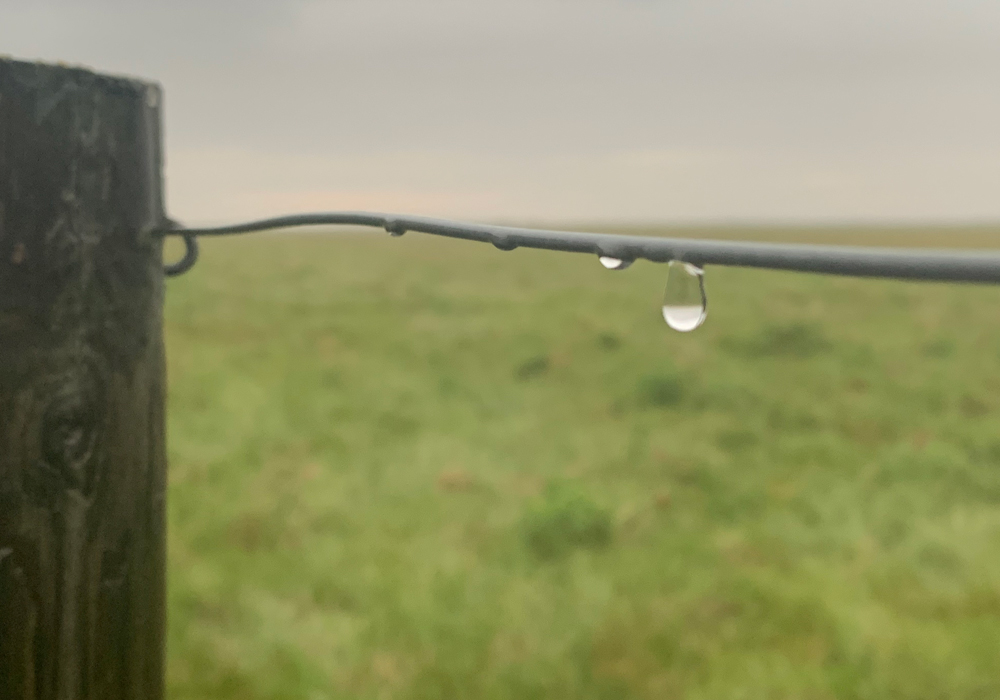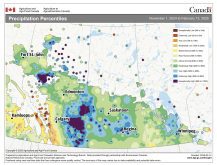Weather analysts think it is shaping up to be a fairly typical growing season in the United States with few yield concerns
The risk of a July heat wave decimating crop yields in the American corn belt has been neutralized, say analysts.
On July 6, weather forecasters started predicting a mid-to-late July heat wave that could have had a substantial impact on United States corn and soybean yields.
But by July 10, forecasters were calling for widespread rains for the region, some of which arrived on the weekend.
“That’s a far different situation for yields,” said Rich Nelson, chief strategist for Allendale Inc.
The latest forecast calls for plenty of July heat. When he calculates the average daily highs for Des Moines, Iowa, up until July 12 and factors in the forecast for the remainder of the month, the average should be around 32 C.
Read Also

Government support for Canadian farmers has plummeted
Subsidies in Canada were 30 per cent of gross farm receipts in 1980s and are now around eight per cent
That would be the third hottest July for the biggest U.S. corn and soybean producing state since 1980.
However, Nebraska recently received 50 to 75 millimetres of rain and as of July 13 a system was expected to deliver 25 to 38 mm across Iowa, northern Illinois and Indiana.
“By the end of this week everyone will have gotten a good drink just before the heat hits,” said Nelson.
That could result in above-trend yields rather than the talk of doom and gloom circulating early last week.
“The concern has certainly been taken off the corn,” he said.
Drew Lerner, president of World Weather Inc., thinks some of his weather prognosticator colleagues were overplaying the potential heat threat.
“They beat their chest a little bit too hard,” he said.
“There is still some potential for something to go awry in August but for the balance of July, outside of pockets, I don’t think there’s any big deal,” he said.
The pockets of dryness include parts of Kansas, Missouri, southwest Illinois and the northern Delta.
“We’re going to have some areas of the corn belt that are going to dry out enough to stress crops and there may be some yield decline in some of those areas,” said Lerner.
But it will be nowhere close to approaching a full-fledged drought like 1988 and 2012. There are plenty of areas in the remainder of the corn belt that should have yields that will offset the losses in the stressed southwest portion of the region.
“We’re going to end up with a fairly large-sized corn crop,” he said.
The U.S. Department of Agriculture is forecasting a record 406 million tonne crop.
“The soybean crop is the one I’m most worried about,” said Lerner.
He believes it could turn drier in August causing soil moisture deficits during pod-setting and filling.
“We’re probably going to see a little bit more of a threat for that crop than we will for the corn crop,” he said.
The dryness that exists in the southwest could spread into parts of Indiana, Kentucky and Ohio towards the end of July and into early August.
That could trim soybean yields but again, he is not anticipating anything drastic.
The northern Plains region also has some trouble spots. It is dry in western North Dakota and parts of Montana.
Overall, Lerner thinks it is shaping up to be a fairly typical growing season in the U.S. where there are pockets of trouble and other areas where the crops look fantastic.
















